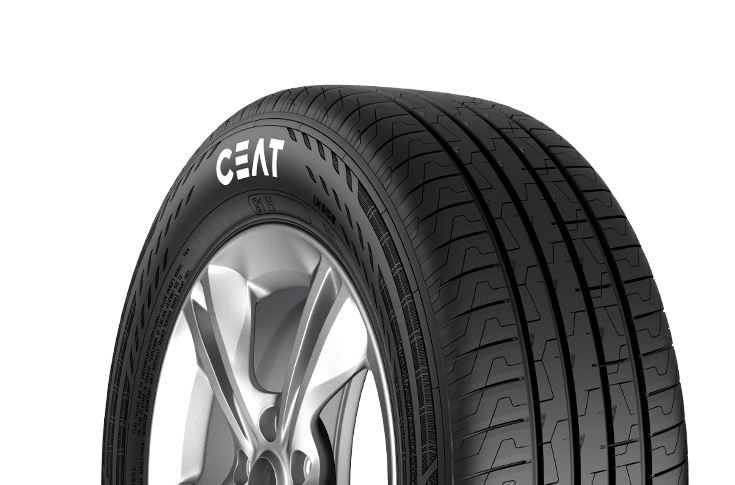
US Tariff hike hits Indian auto exports; Domestic market shows uneven growth in June: ICRA
NEW DELHI : The Indian automotive sector is facing increased headwinds following the United States’ recent decision to impose a 25% tariff on imports from India. The move is expected to affect Indian exports of auto components and tyres, especially to the US, which accounts for 27% of India’s auto component exports and 17% of its tyre exports.
According to credit rating agency ICRA, Indian manufacturers may lose competitiveness in key segments such as off-highway and replacement tyres, as well as various automotive components. The tariff puts India at a disadvantage compared to countries like Japan, Vietnam, and Indonesia, which benefit from lower or preferential duties. As a result, exporters are expected to pursue geographic diversification and cost efficiency improvements to mitigate the impact.
In the domestic market, auto sector performance for June 2025 was uneven across segments.
Passenger Vehicles (PVs) :
Passenger vehicle wholesale volumes declined by 9% month-on-month and 7% year-on-year, largely due to weak consumer sentiment and broader macroeconomic conditions. This was despite ongoing festive discounts and steady SUV demand. For Q1 FY2026, wholesale volumes dropped 1.4% year-on-year, while retail sales remained largely flat.
Inventory levels rose to 55 days by the end of June, as per data from the Federation of Automobile Dealers Associations (FADA). SUVs continued to account for a dominant share, contributing 65–66% of total PV volumes. ICRA forecasts a 1–4% growth in PV wholesales for FY2026, supported by festive season recovery and new model introductions. However, risks remain, particularly in sourcing rare earth magnets critical for electric vehicles.
PV export volumes increased by 14% in June, led by Maruti Suzuki and Hyundai. Nonetheless, overseas demand may be affected by inflation and foreign exchange shortages, particularly in African markets.
Commercial Vehicles (CVs) :
The CV segment showed divergent trends. June 2025 wholesales declined by 3.8% year-on-year, and by 1.7% in Q1 FY2026. However, retail volumes rose by 6.6% in June, suggesting a correction in dealer inventories.
Retail sales of light commercial vehicles (LCVs) grew 8.8% year-on-year. ICRA expects 3–5% growth in LCV wholesale volumes in FY2026, although the segment faces pressures from increased adoption of electric three-wheelers and demand for used vehicles.
Medium and heavy commercial vehicle (M&HCV) retail volumes grew 3.4% year-on-year in June, even as they declined 7.4% sequentially. Wholesale growth for M&HCVs in FY2026 is projected to be modest at 0–3%. The bus segment is forecast to perform better, with 8–10% growth, driven by replacement demand and infrastructure activity.
Two-Wheelers (2Ws) :
Two-wheeler wholesales fell 4.3% year-on-year and 4.8% sequentially in June, totaling 1.5 million units. However, retail volumes improved by 5.1%, driven by demand in rural and semi-urban regions. Some sequential slowdown was attributed to seasonal factors during the monsoon.
Two-wheeler exports rose by 34% year-on-year from a low base, although challenges remain in key markets due to inflation and forex constraints, particularly in Nigeria. For FY2026, ICRA projects 6–9% growth in wholesales, supported by replacement demand, urban recovery, and stable rural incomes aided by a normal monsoon.
Electric two-wheelers registered a 5% month-on-month growth in June, reaching 105,282 units. Their market penetration remained steady at 6–7% of total two-wheeler sales.
Outlook
The outlook for the Indian auto sector remains cautious amid global trade uncertainties and the ongoing discussions around an India-US bilateral trade agreement. While inventory build-up and component shortages present near-term challenges, domestic retail demand remains resilient.
ICRA anticipates moderate growth across major segments in FY2026, supported by infrastructure development, festive season activity, and rural income stability. The bus and two-wheeler categories are expected to lead growth within the sector.
